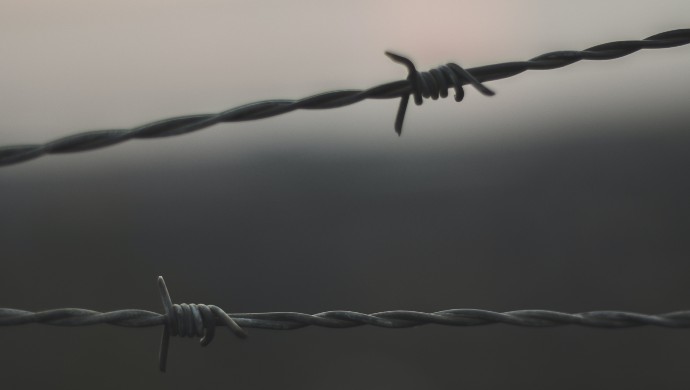

This alarming trend of capital punishments is part of Iran’s broader strategy to quell dissent across the nation, which has seen an unprecedented rise in executions, culminating in over 850 in 2023 and a further spike in early 2024.
Amidst these turbulent times, the Iranian government has intensified its crackdown on political dissenters. Following two political executions last week, additional death sentences have been pronounced against political prisoners, with ethnic and religious minorities facing particularly severe treatment. Notably, Arab political prisoner Ali Obaidavi was sentenced to death, and his brother, Hossein, to 13 years in prison for allegedly attacking a Basij base during the 2019 protests.
Further exacerbating the situation, Iran’s Supreme Court upheld the death sentence of Kurdish political prisoner Yousef Ahmadi, a 38-year-old father of three, who was subjected to extreme torture. Accused of killing two Revolutionary Guards, Ahmadi’s sentence, along with other harsh penalties for his co-defendants, underscores the regime’s brutal response to political opposition.
This wave of executions includes the recent deaths of Mohammad Ghobadlou, a protester from the 2022 uprising, and Farhad Salimi, a Kurdish political prisoner jailed since 2009. The regime is also resorting to archaic and barbaric forms of punishment, as exemplified by the planned execution of Mehdi Mousavi’s sentence, which involves gouging out his left eye under the controversial principle of “retribution in kind.”
In a recent statement, Mizan news agency quoted Gholamhossein Mohseni Ejei, head of the judiciary, emphasizing the regime’s commitment to intensifying its repressive measures. Ejei’s directive to prosecutors across Iran to work with security forces against “organized and foreign-affiliated elements” signals an unwavering stance against perceived threats.
The international community faces an urgent call to hold the Iranian regime accountable for its human rights abuses. The regime’s top officials, including Supreme Leader Ali Khamenei, President Ebrahim Raisi, and Ejei, are under scrutiny for crimes against humanity.
Despite the regime’s oppressive tactics, the Iranian populace, particularly the youth, remains defiant. The state-run Didar website acknowledges the unsustainable nature of the regime’s approach, predicting an inevitable social upheaval if current policies persist. This sentiment reflects a growing belief that the regime’s efforts to suppress dissent may ultimately lead to more profound resistance and societal upheaval.

MEK Iran (follow us on Twitter and Facebook), Maryam Rajavi’s on her site, Twitter & Facebook, NCRI (Twitter & Facebook), and People’s Mojahedin Organization of Iran – MEK IRAN – YouTu







